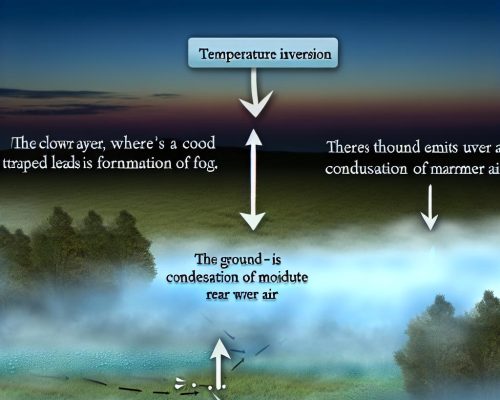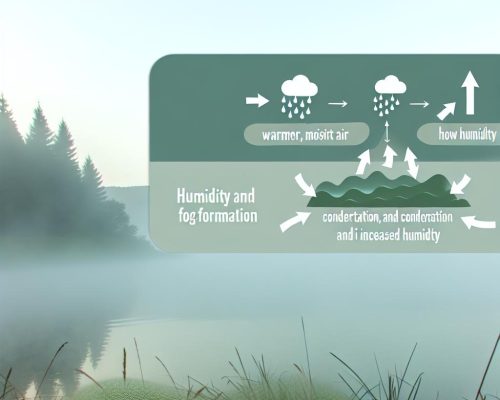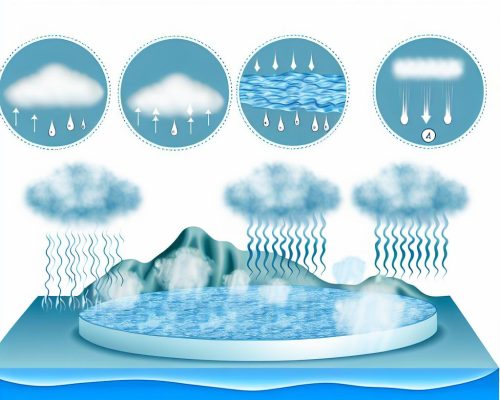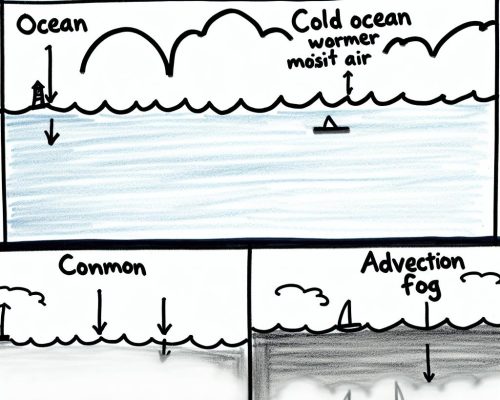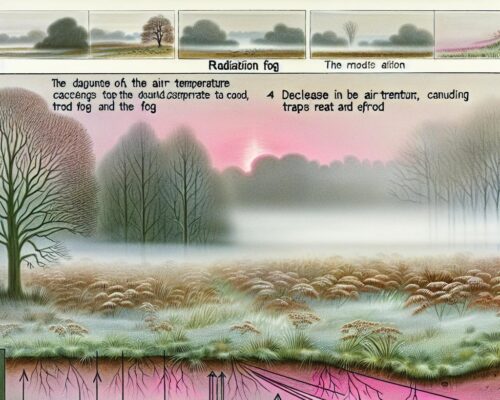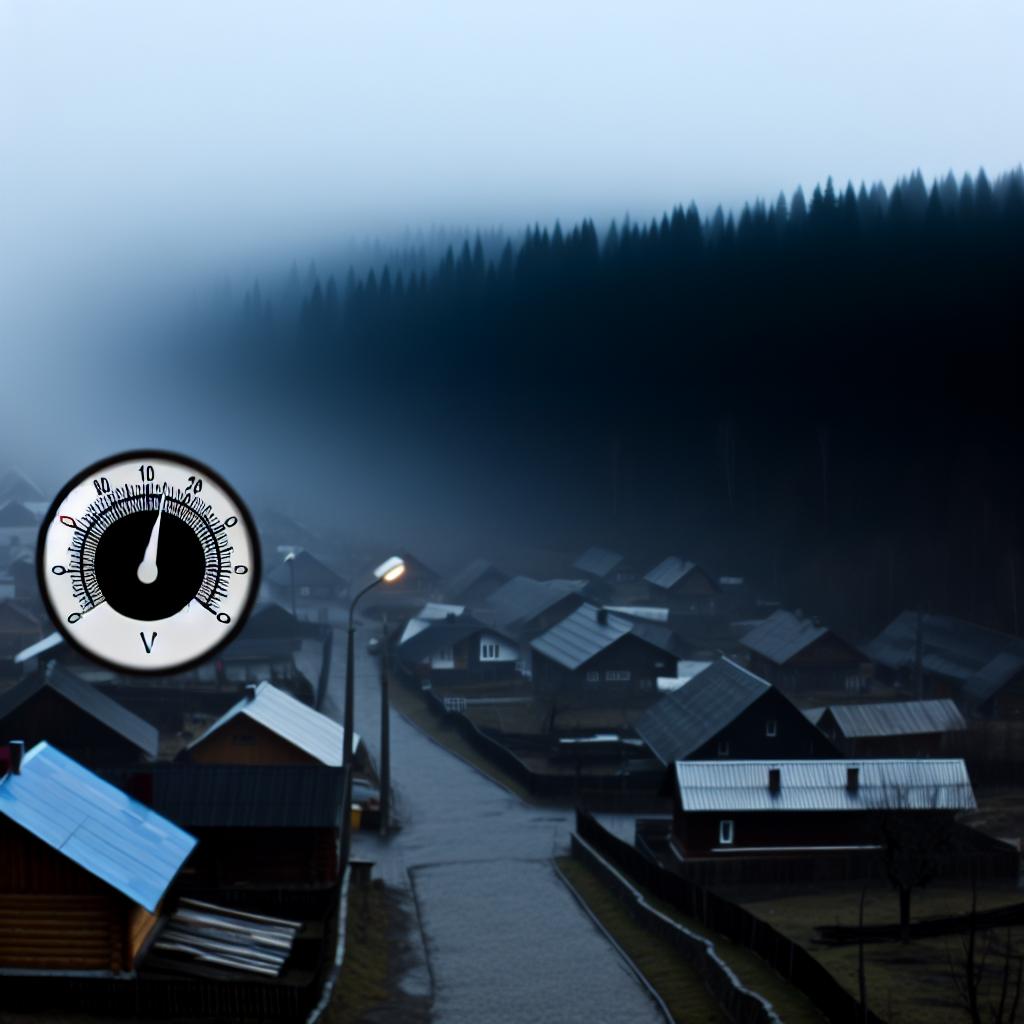
The Relationship Between Fog and Air Pressure
Understanding the Connection Between Fog and Air Pressure
Fog is a fascinating natural phenomenon that significantly impacts various human activities, particularly those requiring clear visibility, such as transportation and outdoor events. To effectively predict its occurrence and mitigate associated risks, it is essential to understand the mechanisms behind fog formation, especially the role that air pressure plays in this context.
What is Fog?
Fog can be defined as a type of cloud that forms at ground level. It consists of numerous tiny water droplets suspended in the air, resulting in reduced visibility. This atmospheric condition occurs when air becomes saturated with moisture, allowing water vapor to condense into these droplets. The primary factors influencing the formation of fog include the ambient temperature, the level of humidity in the air, and notably, the prevailing air pressure. Each of these elements interacts in complex ways to either support or hinder fog formation.
The Role of Air Pressure in Fog Formation
Air pressure, which is the force applied by the weight of air in the atmosphere above a particular point, plays a pivotal role in various weather events, including fog. The interaction between air pressure and other climatic factors helps to explain the mechanics of fog formation. The influence of air pressure on fog can be understood through several noteworthy mechanisms:
High Pressure and Fog Dissipation: Typically, areas of high atmospheric pressure are associated with descending air. As the air descends, it undergoes compression, leading to a warming effect. This rise in temperature tends to lower the relative humidity since warm air can hold more moisture than cooler air. As a result, high-pressure conditions often act to dissipate existing fog and limit the formation of new fog due to the reduction in air moisture content.
Low Pressure and Fog Development: On the contrary, regions of low atmospheric pressure are characterized by rising air masses. When the air ascends, it cools; cooling leads to an increase in relative humidity as cooler air can hold less moisture. If the air cools to its dew point, fog can form provided the conditions are right. Low-pressure systems also bring about increased moisture content in the air, which further raises the potential for fog formation.
Types of Fog Influenced by Air Pressure
Various types of fog emerge based on how air pressure interacts with other environmental factors. Understanding these interactions can help in determining the conditions under which each fog type forms:
Radiation Fog: This category of fog typically takes shape on clear, calm nights. The process begins with rapid heat loss from the Earth’s surface through radiation, which leads to cooling of the air close to the ground. This scenario usually happens under high-pressure conditions because they result in cloud-free skies that promote radiative cooling, making radiation fog more likely in these settings.
Advection Fog: Advection fog forms when moist air passes over a cooler surface, causing the air to cool and reach its dew point. This process can take place under varying pressure conditions but is common in coastal regions. Fluctuating air pressure, influenced by the contrasting temperatures of land and sea, can facilitate the formation of this type of fog.
Frontal Fog: In meteorological contexts, frontal fog is connected to weather fronts where warm moist air is uplifted over a colder surface. This phenomenon is frequently associated with low-pressure systems that enable the movement and interaction of different air masses, contributing to fog formation.
Predicting Fog through Air Pressure Monitoring
Meteorologists incorporate air pressure readings as an integral component of weather forecasting. By examining patterns in atmospheric pressure in conjunction with temperature and humidity data, weather specialists can more accurately anticipate fog events and their potential impacts. Such forecasts are vital for preparing for delays in transportation and organizing outdoor activities. An understanding of the dynamics between air pressure and other climatic factors can significantly enhance planning and response efforts.
Impact of Fog on Society and Environment
Fog’s implications stretch beyond mere inconvenience and visibility reduction. It poses challenges across various domains, particularly concerning transportation by road, air, and sea, where reduced visibility can lead to dangerous conditions and significant disruptions. In addition, fog can affect local ecosystems; for example, it influences plant growth and behavior by altering the levels of condensation and available sunlight, which are crucial for photosynthesis and other biological processes.
For enthusiasts and researchers, a deep dive into meteorological studies reveals the intricate connections between various atmospheric conditions and weather phenomena like fog. With numerous resources available online, anyone interested can enrich their understanding by exploring how differing atmospheric factors, including air pressure, interplay to create the diverse weather patterns observed in different regions. An enhanced comprehension of these elements not only satisfies intellectual curiosity but also contributes to improved forecasting and preparedness strategies for dealing with weather-related challenges.


